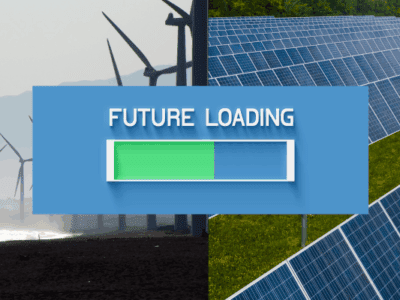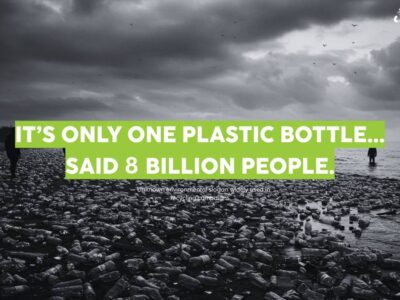Should Blue States Punish Tesla?
The political economy implications of how EV tax credits are distributed
In the wake of Elon Musk’s role in the new administration and its efforts to fire large numbers of federal employees, some Democratic state elected officials have called for rethinking EV subsidies to cut out Tesla. There is also evidence that Democratic state legislators have become much more hostile to Tesla lobbying. Matthew Yglesias, a well-known commentator on the center-left, has argued that this is a misguided response, and instead that Democrats should trim back on all EV subsidies, since EVs are no longer a nascent technology that needs support for innovation.
Yglesias has a point. As I noted in a series of blog posts a few months ago (the last post is here, with links to the other posts), climate policy necessarily involves a range of goals, including efficiency/cost. Yglesias is arguing that cost considerations should play a greater role in EV policy, because the benefits of technological innovation in the sector have decreased. So Yglesias’s position is a plausible one to take, but it ignores an important factor that one needs to consider in climate policy – the long run political economy benefits of EV subsidies today. EV subsidies may play an important role because they continue to drive investments by new and existing interest groups (such as incumbent and start-up car manufacturers, and battery manufacturers) that in turn mean they will be more effective lobbyists for climate policy going forward.
With that framing, one can see an argument for focusing EV subsidies on entities that, unlike Tesla, do not dominate EV market share in the US. In particular, one might want a constellation of corporations that are invested in EVs, and have a lot to lose if EV policy fails – not just one (Tesla) – because of the risk that only one entity might make decisions because of the idiosyncrasies of leadership. So increasing the number of actors invested in climate policy can be a form of risk-spreading that is beneficial – and states might want to go back to the old federal policy of a cap on the number of cars that a single manufacturer can sell to qualify for the EV tax credit (perhaps with a higher ceiling). Again, there are also downsides to this approach – what if you set the ceiling too low, or make Musk even more antagonistic? – but it is a reasonable approach to take.
Reader Comments
One Reply to “Should Blue States Punish Tesla?”
Comments are closed.







As long as table stakes for buying a new EV are around $40-45K, there aren’t going to be a ton of them sold. Enough to be a noticeable blip in the markets, but nothing that will really drive mass adoption. After all, you can usually find a decent ICE vehicle that’s nearly equivalent, except for how it’s powered, but $5-10K less MSRP, before incentives. The incentives are trying to make the EVs more competitive *as vehicles* in hopes of driving stronger demand and mass production.
Tesla has talked up then killed “affordable” EVs a number of times – defining that as $25-35K MSRP for a cromulent car (not just an EV version of a Versa or Fit, neither of which is really “fit” for purpose in the US). GM had one – the Bolt – but killed it searching for higher-priced (and profitable) unit sales. Nobody else is really in that ballpark, which is where the affordable 3-4 year old used cars come from for the “rest of us.”